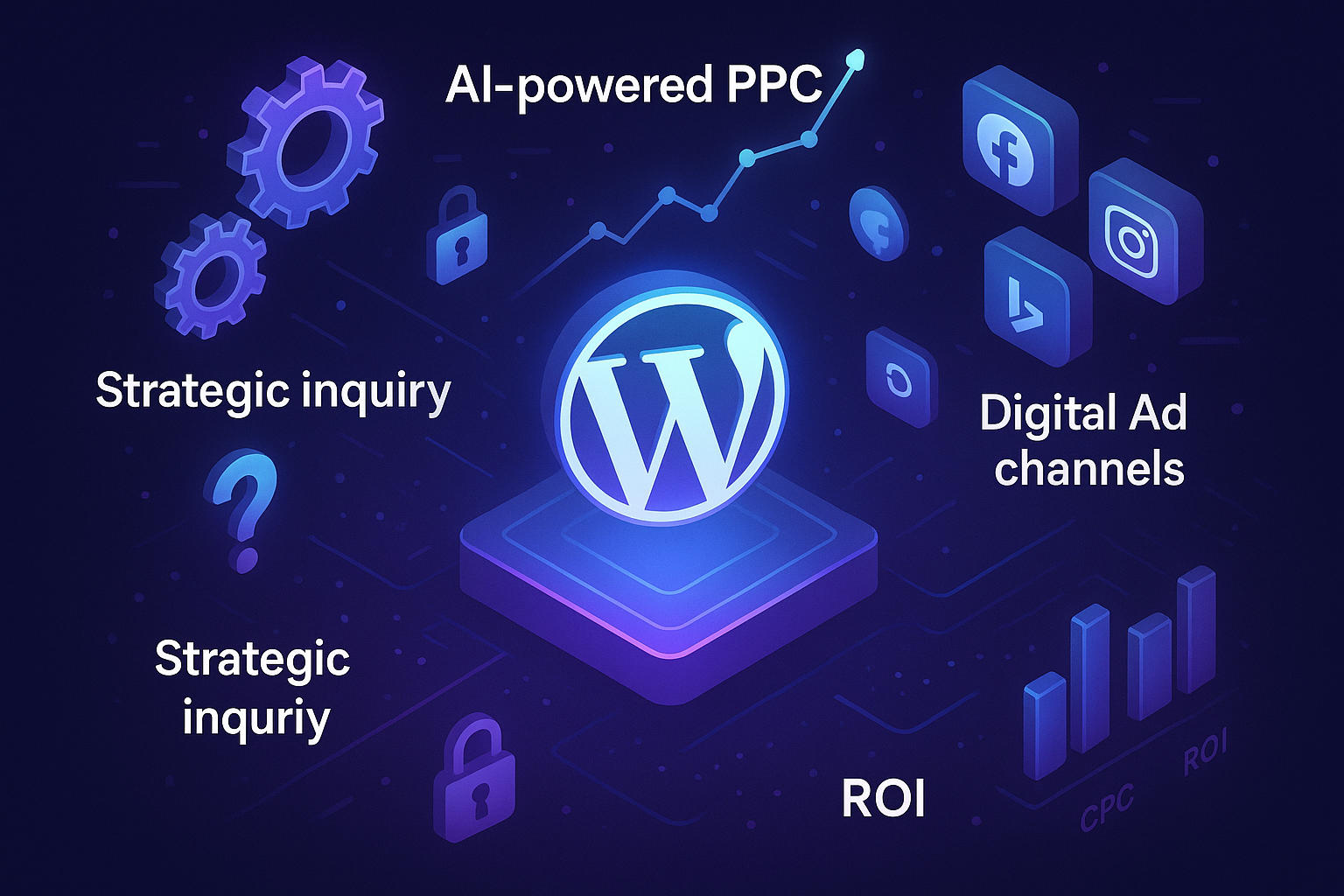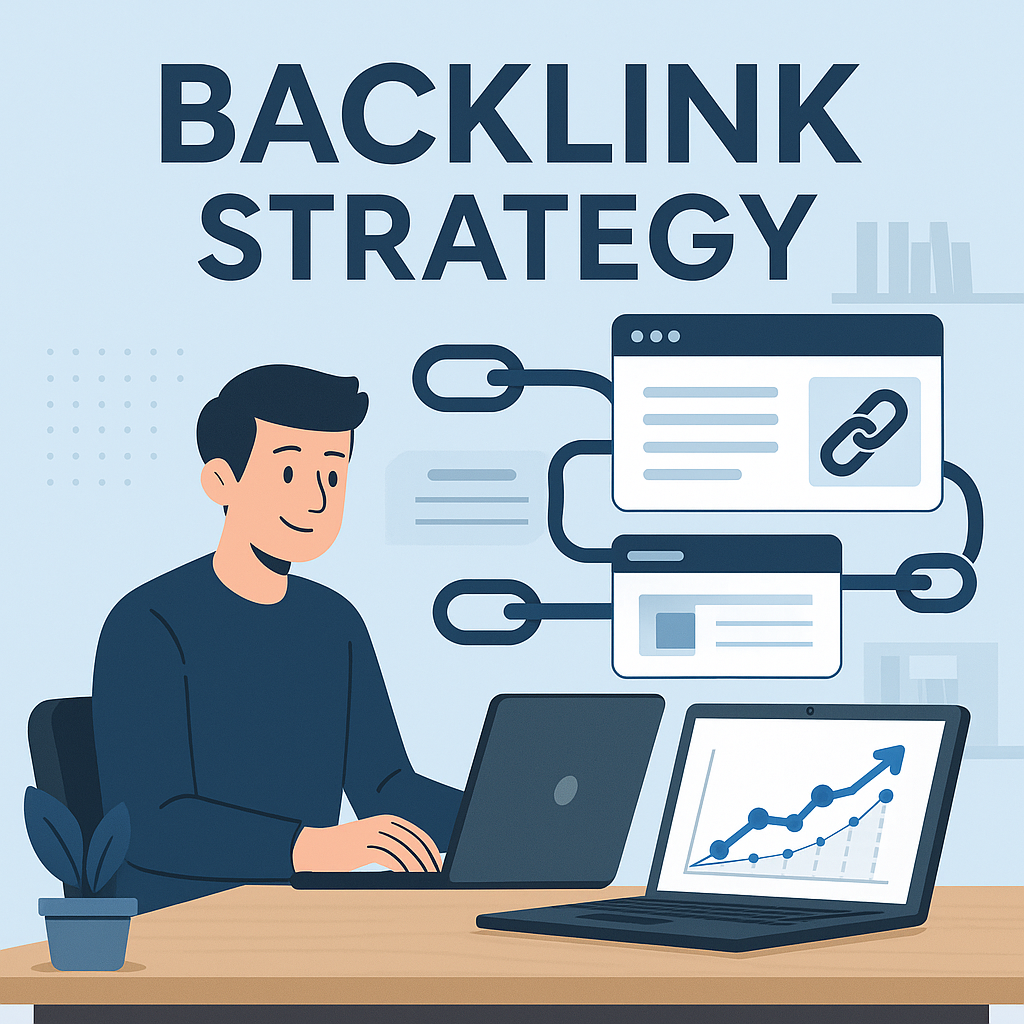Mastering the Matrix: Your Ultimate Guide to Google Ads & PPC Strategies for 2025
Ever feel like you’re navigating a digital maze when you open your Google Ads dashboard? You’re not alone. The world of Pay-Per-Click (PPC) is a whirlwind of acronyms, shifting algorithms, and intense competition. But here’s the secret: mastering Google Ads & PPC Strategies isn’t about knowing every single button and toggle; it’s about understanding the fundamental shifts shaping the industry and leveraging them to your advantage. As we charge into 2025, the game is changing faster than ever, with AI and automation taking the driver’s seat.
Forget the old playbook. Success today requires a blend of human ingenuity and machine intelligence. This guide will cut through the noise, offering you a clear roadmap to not only survive but thrive. We’ll dive into the AI revolution, uncover the best PPC strategies for eCommerce in 2025, and reveal practical, battle-tested tips to lower your advertising costs while maximizing returns.
The AI Revolution: Navigating Google’s Automated Future
The biggest trend in PPC is undeniably the rise of Artificial Intelligence. Google is doubling down on automation, which can feel both exciting and daunting. Instead of fighting it, the savviest marketers are learning to work with it. AI is no longer just a buzzword; it’s a core component of modern campaign management [(aztechcouncil.org)](https://www.aztechcouncil.org/intero-digital-guest-blog-the-future-of-ppc-advertising/).
Embracing Smart Bidding and Performance Max
Gone are the days of painstakingly adjusting manual bids for hundreds of keywords. Google’s Smart Bidding strategies use machine learning to optimize for conversions in real-time during each auction [(wordstream.com)](https://www.wordstream.com/blog/google-ads-trends-2025). This is where you let the algorithm do the heavy lifting, analyzing millions of signals to set the perfect bid for each user.
Performance Max (PMax) campaigns take this a step further, allowing you to access all of Google’s inventory from a single campaign. While it offers less manual control, its power lies in its reach and AI-driven optimization capabilities. The key to succeeding with these automated tools is to feed them high-quality data and clear goals. The more accurate your conversion tracking and audience signals, the smarter the machine becomes.
The Human Touch in an AI World
While automation handles the tactical execution, it can’t replace human strategy. AI is brilliant at processing data, but it lacks human creativity, intuition, and strategic oversight [(ppchero.com)](https://www.ppchero.com/the-role-of-ai-in-ppc/). Your role as a marketer is evolving. You are now the strategist who sets the goals, defines the audience, crafts compelling creative, and analyzes the high-level performance to steer the ship. AI is your co-pilot, not the captain.
Best PPC Strategies for eCommerce in 2025
For eCommerce businesses, the digital shelf is more crowded than ever. A robust PPC strategy is essential for standing out and driving sales. In 2025, this means thinking beyond standard Search ads and creating an integrated, multi-channel experience for your customers.
Beyond the Search Bar: A Multi-Channel Approach
Relying solely on Google Search is a missed opportunity. The best PPC strategies for eCommerce in 2025 involve diversification. Here’s where to expand:
- Google Shopping: For any eCommerce store, this is non-negotiable. Visually-driven Shopping ads often have lower costs and higher conversion rates for product-specific searches [(wordstream.com)](https://www.wordstream.com/blog/2025-google-ads-benchmarks).
- Social Commerce: Platforms like Facebook, Instagram, and Pinterest are powerful channels for product discovery. Integrating your campaigns across social media complements your search efforts and helps nurture customers through their entire journey [(datafeedwatch.com)](https://www.datafeedwatch.com/blog/ppc-trends-for-business-success).
- Don’t Forget Bing: While smaller than Google, Microsoft Advertising (Bing) often offers lower competition and costs, making it a smart addition to your marketing mix [(datafeedwatch.com)](https://www.datafeedwatch.com/blog/ppc-trends-for-business-success).
The Power of the Product Feed
Your product feed is the backbone of any successful Google Shopping or social commerce campaign. It’s the data file that tells platforms everything about your products. A poorly managed feed leads to irrelevant ad placements and wasted spend. Investing in a feed management tool can significantly boost performance by ensuring your data is clean, accurate, and optimized for each channel’s requirements [(datafeedwatch.com.com)](https://www.datafeedwatch.com/blog/ppc-trends-for-business-success).
Success Stories: eCommerce in Action
Don’t just take our word for it. Consider the case of PUBLIC Bikes, which saw double the ROI from its Shopping campaigns compared to other online channels. Similarly, a furniture store was able to effectively compete with major brands by showcasing its unique designs through product listing ads, proving that a smart strategy can level the playing field [(storegrowers.com.com)](https://www.storegrowers.com/google-shopping-case-studies/).
How to Lower CPC in Google Ads Campaigns (and Boost ROI)
A high Cost Per Click (CPC) can drain your budget before you see any meaningful results. While some factors like industry competition are out of your control, there are many levers you can pull to bring costs down. The quest for how to lower CPC in Google Ads campaigns starts with one crucial metric.
The Golden Metric: Mastering Your Quality Score
Quality Score is Google’s rating of the quality and relevance of your keywords and ads. It’s a score from 1-10, and a higher score leads directly to lower CPCs and better ad positions [(agilitypr.com)](https://www.agilitypr.com/pr-news/marketing-news/15-effective-strategies-to-lower-your-cost-per-click-in-google-facebook-ads/). It’s composed of three main parts:
- Expected Click-Through Rate (CTR): How likely is someone to click your ad when it’s shown?
- Ad Relevance: How closely does your ad match the intent behind a user’s search?
- Landing Page Experience: Is your landing page relevant, useful, and easy to navigate for people who click your ad?
Improving these three components is the most impactful way to reduce your CPC over the long term [(cheq.ai)](https://cheq.ai/blog/6-ways-lower-cpc-google-ads/).
Practical Tips to Decrease CPC
Beyond Quality Score, here are other actionable tactics:
- Refine Your Keyword Strategy: Target long-tail keywords (phrases of 3+ words). They have lower search volume but are much more specific, leading to higher intent and less competition [(brandauditors.com)](https://brandauditors.com/blog/advanced-google-ads-optimization/).
- Add Negative Keywords: Continuously add negative keywords to prevent your ads from showing for irrelevant search queries. This is crucial for stopping budget waste, especially in Shopping campaigns [(datafeedwatch.com)](https://www.datafeedwatch.com/blog/lower-cost-per-click-google-ads).
- A/B Test Ad Copy: Always be testing. Test different headlines, descriptions, and calls-to-action (CTAs) to find what resonates most with your audience and improves your CTR.
- Use Bid Adjustments: Don’t treat all clicks equally. Increase bids for locations, devices, or times of day that convert well, and decrease bids for those that don’t [(klientboost.com)](https://www.klientboost.com/google/google-ads-optimization-checklist/).
Google Ads Optimization Tips for Beginners
Jumping into Google Ads can be overwhelming. If you’re just starting, focus on building a solid foundation. These Google Ads optimization tips for beginners will set you on the right path.
Setting a Solid Foundation
Before you spend a single dollar, get your house in order:
- Start with Clear Goals: What do you want to achieve? Brand awareness, leads, or sales? Your goal will determine your entire strategy, from campaign type to bidding [(clickpatrol.com)](https://clickpatrol.com/top-ppc-platforms-for-2025-best-paid-advertising/).
- Understand Your Budget: Start with a budget you’re comfortable with. You can set an average daily budget to control your spending. Check your account daily at the beginning to monitor performance [(support.google.com)](https://support.google.com/google-ads/answer/2375454?hl=en).
- Create Tightly Themed Ad Groups: Organize your campaigns into small, specific ad groups. Each ad group should contain a handful of closely related keywords and ads that are directly relevant to those keywords.
- Add Ad Assets (Extensions): Use assets like sitelinks, callouts, and structured snippets from day one. They provide more information, make your ad larger, and can significantly increase your CTR [(support.google.com)](https://support.google.com/google-ads/answer/10498850?hl=en).
Key PPC Optimization Areas at a Glance
| Optimization Area | Primary Action | Key Benefit |
|---|---|---|
| Bidding Strategy | Test automated bidding (e.g., Maximize Conversions) vs. manual control. | Leverage AI for efficiency or maintain granular control. |
| Keyword Management | Focus on user intent, use long-tail keywords, and add negative keywords. | Increase relevance and reduce wasted ad spend. |
| Ad Creative & Copy | Continuously A/B test headlines, descriptions, and CTAs. | Improve CTR and Quality Score. |
| Landing Page | Ensure page is mobile-friendly, loads quickly, and matches the ad’s promise. | Improve conversion rates and Quality Score. |
Conclusion: Your Roadmap to PPC Success in 2025
The digital advertising landscape is in constant motion, but the principles of success remain grounded in strategy, relevance, and continuous optimization. As we look to 2025, your roadmap should be built on three pillars: embrace AI as a powerful partner, diversify your channels beyond traditional search, and never lose sight of the fundamentals like Quality Score and user experience.
Top-performing campaigns are not built overnight; they are the result of consistent testing, learning, and adaptation [(busyseed.com)](https://www.busyseed.com/how-to-audit-and-improve-your-ppc-campaigns-for-maximum-roi). Use the strategies in this guide as your starting point, stay curious, and keep pushing the boundaries of what’s possible.
Ready to Dominate Your Market?
The world of Google Ads can be complex, but you don’t have to navigate it alone. Now that you have a roadmap, what’s the first change you’re going to make to your campaigns? Share your thoughts or questions in the comments below—let’s learn together!
✅ Suggested External Authoritative Link: I recommend linking to Google’s own “About Quality Score” page for a direct, authoritative source on a key topic discussed in the post: https://support.google.com/google-ads/answer/6167118?hl=en
Read more:
SEO for E-Commerce Stores: 2025 Guide to Boost Sales
Keyword Research Trick in 2025 for Better Ranking



